“Those who kill their own children and discriminate daily against them because of the color of their skin; those who let the murderers of blacks remain free, protecting them, and furthermore punishing the black population because they demand their legitimate rights as free men—how can those who do this consider themselves guardians of freedom?”
Che Guevara
Before the United Nations
12-11-1964
In my lifetime young people rose up to challenge and change the world in Little Rock and Birmingham, in Soweto and Tiananmen, in Palestine and Chiapas. In the last decade we saw the rise of Arab Spring and Occupy, and now we are in the midst of vivid mass resistance to the police killing of unarmed Black men and women spurred by the death of Michael Brown in Ferguson, Missouri. Now and historically, it is the youth who reject taken-for-granted injustices.[1] In this moment, young people are the social actors – the leadership, catalysts, the activists, and the organizers – who seized and defined a continuing travesty of North American life: the police murder of Black lives. Rising up against the thickening layers of institutionalized white supremacy, young people are insisting that Black Lives Matter.

Black Youth Project 100 action to #DecriminalizeBlack (Photo Credit: Sarah Jane Rhee)
With their radical impulse to revolt, that spirit of hopefulness and possibility, the laser-like insight of adolescents into the hypocrisies of the adult world, propel youth to break the rules, resist together, and transcend the immoral status quo. Inspired by the courage and determination of Ferguson youth, young people across the nation walked out of schools, sat-in, died-in, blocked highways and bridges – becoming the fresh, searing forces for equality, racial justice, and dignity.
Youth were not unaware of the risks they were taking by challenging police violence. In fact, it is young people who were painfully and brutally aware of the police targeting of Black youth, and pervasive US institutionalized de-valuing of Black lives.
Though many young activists had already been challenging police violence and the criminalization of Black lives in their own communities, the harrowing, police stalking and shooting of unarmed teenager Michael Brown on August 9, 2014 in Ferguson, Missouri, became the spark that generated a fresh wave of youth uprisings. This new movement in the long struggle for racial justice brought young people together across the country to become more than the sum of their parts.
The activism of the Black Lives Matter movement not only illustrates the brilliance and clarity of young people, but also flies in the face of popular currency that children and youth are less competent, less thoughtful, less wise and more dangerous than adults. The continuing reality of young people as social actors stands in opposition to official policies of silencing, suppressing, expelling and punishing our youth, depriving them of an education and denying their creativity and right to be heard.
Think of young peoples’ loss of rights, for example, through truancy laws; school censorship of high school newspapers, email communication and graduation speeches; the banning of books; relentless harassment and violence against LGTBQ and trans youth; school locker searches and drug testing without reasonable suspicion or due process; school zero tolerance policies that include punishments, school suspensions and expulsions, gang terrorism profiling, stop and frisk, and the calling of police for minor misbehavior. Control, cameras, drug searches, testing, arrests, and school exclusion have replaced dignity.
Rights vs. protections and the myth of the “Superpredator”
Children and youth, in fact, are whole persons who bear human and constitutional rights. They are inevitably an active part of their time and place, their culture and community, their race, class, and ethnicity, and their extended family. Simultaneously, they may also be more vulnerable, more easily manipulated and used by adults, such that they must be, to the extent possible, protected, sheltered and insulated from serious harm, both from their own impulses, and adults who might prey upon them or use youth for their own purposes. This is why human rights activists, for example, advocate for children to be protected from the harshest consequences of war and hazardous labor and family violence.
Of course, young people are becoming-persons, not yet fully adults; but what kind of a person is a child? In considering children as social actors, this contradiction is worthy of continuing deliberation and nuance. How can society heed this paradox – rights versus protections – and tilt toward children as bearers of rights while taking the responsibility for providing youth with equal access, due process, Constitutional rights, economic rights, and human rights? Are youth not right to see the adult world as compromised, duplicitous, and worst of all—indifferent to the crimes and suffering around them?
Children were acknowledged as Constitutional persons almost fifty years ago in the landmark U.S. Supreme Court case of In re Gault. Yet the with the subsequent repressive wave to restrict their active whole personhoods, U.S. courts and legislators have shrunken the Constitutional rights of children by constricting or eliminating their rights to speech and expression, association, action, education, privacy, health care, due process, equal protection, and their right to liberty (by depriving them of liberty). This has been done in the name of either protecting them and “saving” them from themselves, or by constructing some children as superpredators, fearful, larger- than-life monsters, wolf-packs and gangs out to rob, rape and even kill (white) adults. Consequently, specific populations of children are seen as dangerous and capable of destroying civilization.
The diabolical invention of the 1990s youth predator by law enforcement, academics, and the mass media resulted in the harsh criminalization of youth of color– subjecting them to arrests, incarceration, trials in adult criminal courts, and extreme sentencing. The profound echo of young Black men as “superpredator” would arise again with the Ferguson grand jury testimony of Officer Darren Wilson, who saw in Michael Brown someone enormous, looming up and becoming larger even after being stalked and shot by Wilson six times.
“It looked like a demon,” Wilson told the grand jury.
Fully 75% of youth who are locked up are confined for non-violent offenses. Racial and ethnic disparities are unconscionable, but the naked disproportion of who is arrested, beaten, and killed characterize the entire youth justice system.[2]
At its best, contemporary analysis of children and adolescents recognizes the dialectical nature of youth: being and becoming, categorically less culpable than adults, and with enhanced prospects for recovery, rehabilitation, and “attaining a mature understanding of [one’s] humanity.”[3] Diminished culpability is not, however, the same as lesser competence or capacity. Culpability is commonly misunderstood, and the current conversations about adolescent development research frequently becomes an imprecise discourse that easily collapses into language of lesser adolescent competence or moral action.
Military arsenal deployed against Ferguson protesters
The story of the Aug. 9, 2014 police killing of Michael Brown stayed in the news because the young people in Ferguson refused to leave the streets. And although the protests there and nationally was one of the broadest and most sustained radical coalitions in decades, the protesters themselves were largely young, black, queer, poor, working-class, secular, women and trans.
The young people of Ferguson did not back down in the face of a highly militarized small town police force armed with federally-funded Kevlar helmets, assault-friendly gas masks, combat gloves and knee pads, woodland Marine Pattern utility trousers, tactical body armor vests, some 120 to 180 rounds for each shooter, semiautomatic pistols attached to their thighs, disposable handcuff restraints hanging from their vests, close-quarter-battle receivers for their M4 carbine rifles and Advanced Combat Optical Gunsights[4].
There are scattered reports of stun grenade use in Ferguson, also known as flashbangs or flash grenades. This weapon of choice for American SWAT teams (and Israeli soldiers) originated within British Special Forces more than four decades ago. Ostensibly less than lethal, stun grenades have been known to kill or severely injure numerous victims, and the device was recently in the news for burning a 19-month-old baby in Georgia, resulting in a coma, during one of the thousands of domestic police raids this year. They are designed to temporarily blind and deafen, thanks to a shrapnel-free casing that is only supposed to emit light and sound upon explosion
The grenade launchers used against unarmed youth in Ferguson included the ARWEN 37, which is capable of discharging 37mm tear gas canisters or wooden bullet projectiles. The police used tear gas unsparingly in Ferguson. The Chemical Weapons Convention of 1993 actually bans the gas as a permissible means of warfare. Then again, it is allowed for domestic riot control, and nations like Turkey, Bahrain, Israel and the United States who have exploited the loophole to great avail. Tear gas sucks out your organs, hogs your oxygen and burns you inside and out. Interim blindness and extended coughing fits are common, as well as an overall sense that you are dying or dead. These are police weapons against an unarmed, Black, civilian, domestic population.
The use of “pepper balls” is lethal; the Boston Police Department banned them after a young woman was killed by one which passed right through her eye and skull to the brain. She was guilty of being present in a rowdy crowd after a Red Sox/Yankees game in which the former won. The same goes for the rubber bullets, wooden bullet projectiles, and beanbag projectiles on view with the police in Ferguson
Contemplate the Ferguson police department’s possession of the BEARCAT G3, the SWAT team’s version of the military’s Mine Resistant Ambush Protected (MRAP) vehicle, or its MRAP All Terrain Vehicle. This armored tank was donated to the Ferguson police by the US Department of Homeland Security. There are no known mines or IEDs in Ferguson, an ambush is unlikely, so the decision of the St. Louis County Police Department to roll out (or even own) one of these tanks is apparently the contemporary version of fire hoses and dogs.
K-9 dogs. Yes, the 2014 St. Louis County and Ferguson Police Departments also used growling German shepherds to threaten demonstrators. In addition, these police forces had access to the Long Range Acoustic Device (LRAD), which emits a sound so pain-inducing that is causes bleeding from the ears. LRADs were also on display (though not used) during the Chicago anti-NATO demonstrations in 2011. On top of all this, the police department of Ferguson – a police force that is 94% white, in a town that is 67% Black – not only possessed an armored personnel carrier and weapon loads to intimidate demonstrators, carried out surveillance of the protesters from an MD Helicopter 500 Series in the sky above Ferguson.
Vibrant transformation of the possible
The fierce young, unarmed and highly disciplined young people who dared to stand up against police violence are to thank for revealing to the US public that the war-making hardware, paid for by our tax dollars, is coming home to police forces for use against the Black, Latino, indigenous communities and to patrol US borders.
This military-grade weaponry of the police in Ferguson was not about riot control during the long months leading up to the grand jury verdict in the murder of Michael Brown. It was the arsenal of white supremacy and racial oppression.
In the face of this violent intimidation, young people continued to peacefully demonstrate in Ferguson and to document their struggle at websites like Ferguson Action and using Twitter hashtags like #SHUTITDOWN.
Created in the crucible of Black Lives Matter is a new generation of young, African American organizers and activists, with experience in strategy development, tactics, decision-making under pressure, coalition building, and clarity about long range, radical goals, about their vision. They are savvy and wise, filled with love and caring for each other and for everyone who has suffered the terror of police violence: youth, their families and loved ones, allied people of color, trans and LGBTQ youth, native and Palestinian people, victims of police violence and whole communities.
Thus the Chicago struggle for city reparations for those who suffered police torture and subsequent decades on death row or juvenile life without parole before they were exonerated utilizes art, performance, persistence and unlikely allies. New York activists agitate for divestment from corporation that construct and operative for-profit prisons. There are movements to end solitary confinement from California to Rikers Island, and renewed efforts to commemorate and open old cases of lynchings across the nation. The struggle for dignity and justice continues in immigrant rights struggles and the fierce, elegant courage of the youth and dreamers who have seamlessly embraced their queerness, their multiple heritages, and their human rights.
All this indicates a vibrant transformation of the possible. Police torture and killing of African Americans is visible, no longer background normal, as Black youth resist being branded as criminals at birth. Their resistance is communal, shared, and collective.
Can we hold the moment? Do we have the knowledge that young people are capable of seeing and seizing what adults cannot imagine? In the uncertainty and complexity of civil strife and disciplined rebellion, shall we see children and young people capable of being agents of their own liberation?
[1] Sources for the Ferguson story include: Darryl Pinckney, Ferguson and Resistance Against the Black Holocaust, © 2015 The New York Review of Books, Distributed by The New York Times Syndicate;Chris Crass, SpeakOut | Op-Ed; Kevin Zeese and Margaret Flowers, Ferguson Exposes the Reality of Militarized, Racist Policing, Popular Resistance | News Analysis; Adeshina Emmanuel, Ferguson Case Highlights Need for National Data on Police Shootings, The Chicago Reporter .
[2] See the website of the W. Haywood Burns Institute, at www.burnsinstitute.org for racial and ethnic disparities at every stage of the youth justice system.
[3] See the trilogy of U.S. Supreme Court cases and the accompanying Amicus briefs: Roper v. Simmons(2005) , Graham v. Florida (2010), and Miller v. Alabama (2012).
[4] See Radley Balko’s Rise of the Warrior Cop: The Militarization of America’s Police Forces (2013) for this research, photos, and the following details of Ferguson police weaponry.
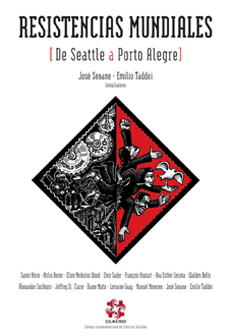
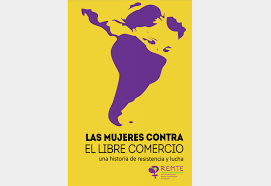
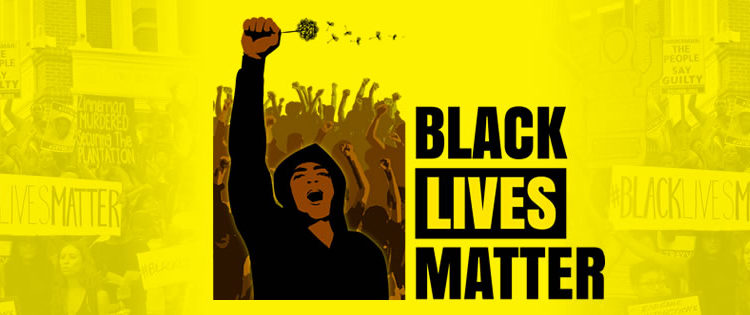



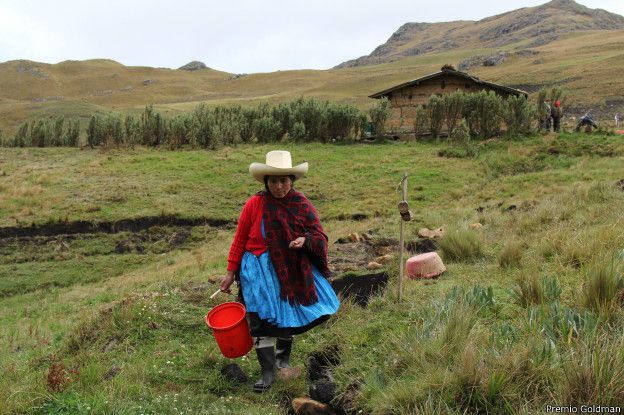
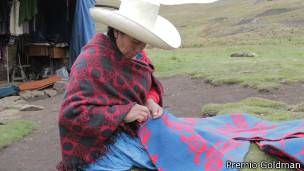
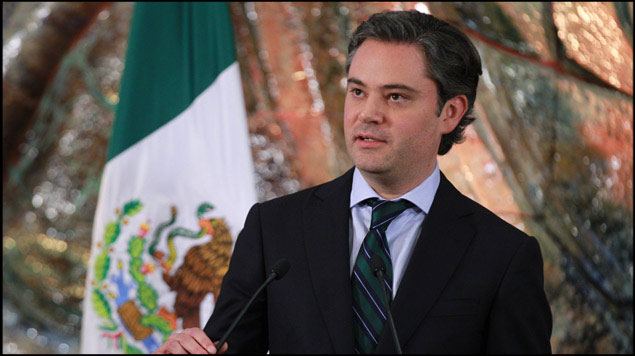







 Users Today : 22
Users Today : 22 Total Users : 35460325
Total Users : 35460325 Views Today : 27
Views Today : 27 Total views : 3419055
Total views : 3419055